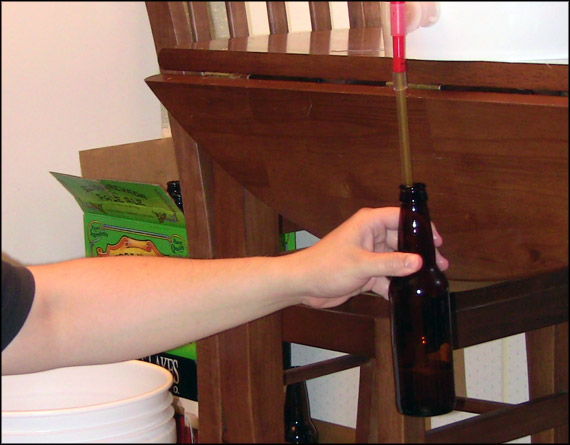Hi guys,
I'm having some problems with the quality of the beer. After making 2 different Wheat beers, there is a flavour who overtakes all other flavours and it is common in both.
The first one I thought it could due the water quality. My tap water doesn't have the best flavour so, on the second try, I used bottled water. Unfortunately, the problem persists.
After some reading, I guessed it could be due to the yeast aging, so I waited a while longer and after 3 months, did some tasting. It's a little better, but it still has an huge presence.
I have a new theory: could this be due to some error I do while bottling? After a couple of weeks on the secondary fermenter (at controlled temperature), I add the dissolved sugar, mix it and wait about 20 min before bottling (for the yeast cake to settle a bit on the fermenter). Can this flavour be related to the deposit yeast cake that raises again after a stir for the sugar mixing? All my bottles have a little deposit.
Yeast used: Safbrew Wb-06
I was crazy enough to taste the deposit of a bottle and I guarantee that the flavour on the beer is due to the yeast, so what am I doing wrong?
Thanks for the help.
Rui
I'm having some problems with the quality of the beer. After making 2 different Wheat beers, there is a flavour who overtakes all other flavours and it is common in both.
The first one I thought it could due the water quality. My tap water doesn't have the best flavour so, on the second try, I used bottled water. Unfortunately, the problem persists.
After some reading, I guessed it could be due to the yeast aging, so I waited a while longer and after 3 months, did some tasting. It's a little better, but it still has an huge presence.
I have a new theory: could this be due to some error I do while bottling? After a couple of weeks on the secondary fermenter (at controlled temperature), I add the dissolved sugar, mix it and wait about 20 min before bottling (for the yeast cake to settle a bit on the fermenter). Can this flavour be related to the deposit yeast cake that raises again after a stir for the sugar mixing? All my bottles have a little deposit.
Yeast used: Safbrew Wb-06
I was crazy enough to taste the deposit of a bottle and I guarantee that the flavour on the beer is due to the yeast, so what am I doing wrong?
Thanks for the help.
Rui










![Craft A Brew - Safale BE-256 Yeast - Fermentis - Belgian Ale Dry Yeast - For Belgian & Strong Ales - Ingredients for Home Brewing - Beer Making Supplies - [3 Pack]](https://m.media-amazon.com/images/I/51bcKEwQmWL._SL500_.jpg)































